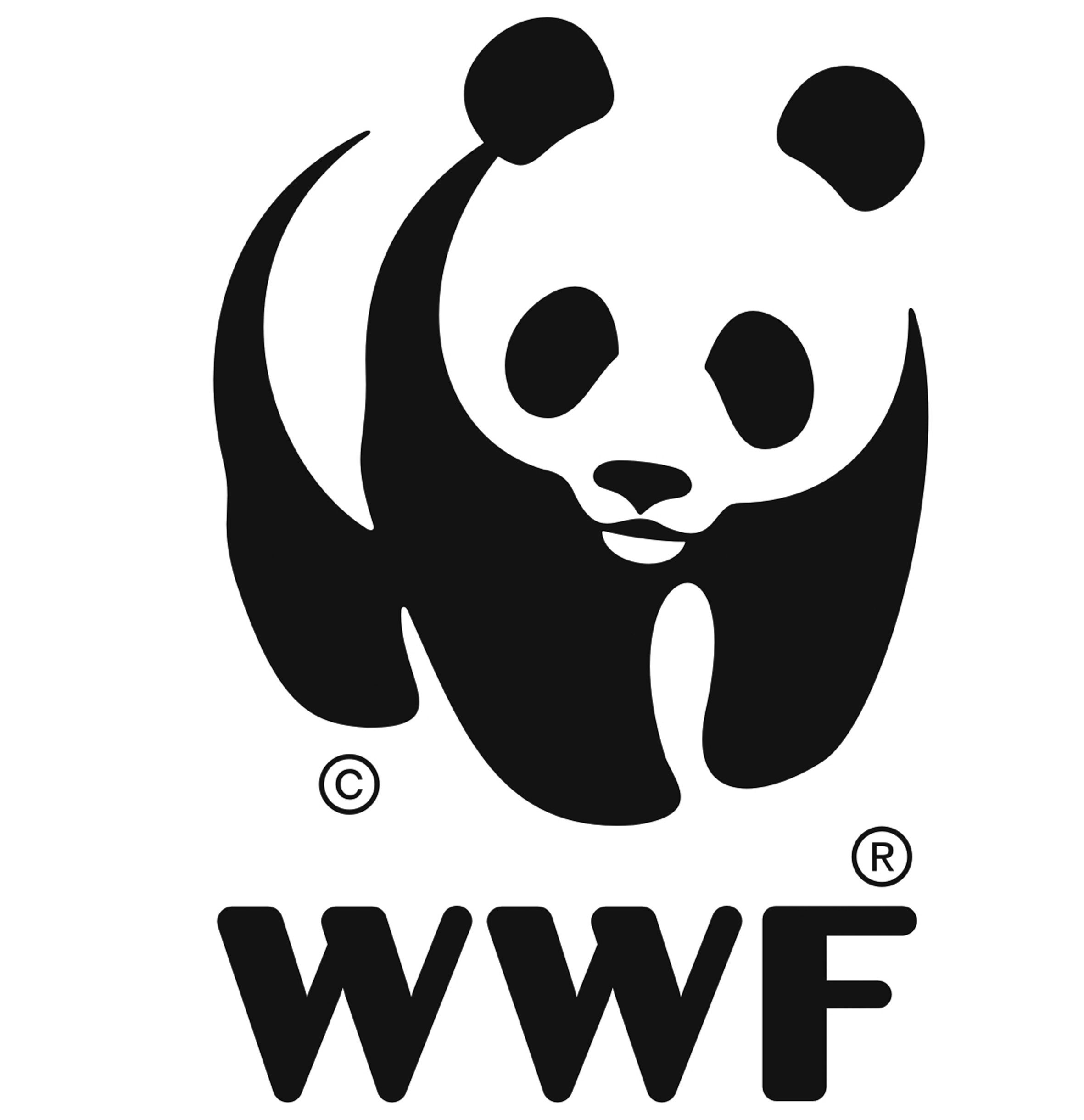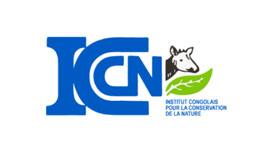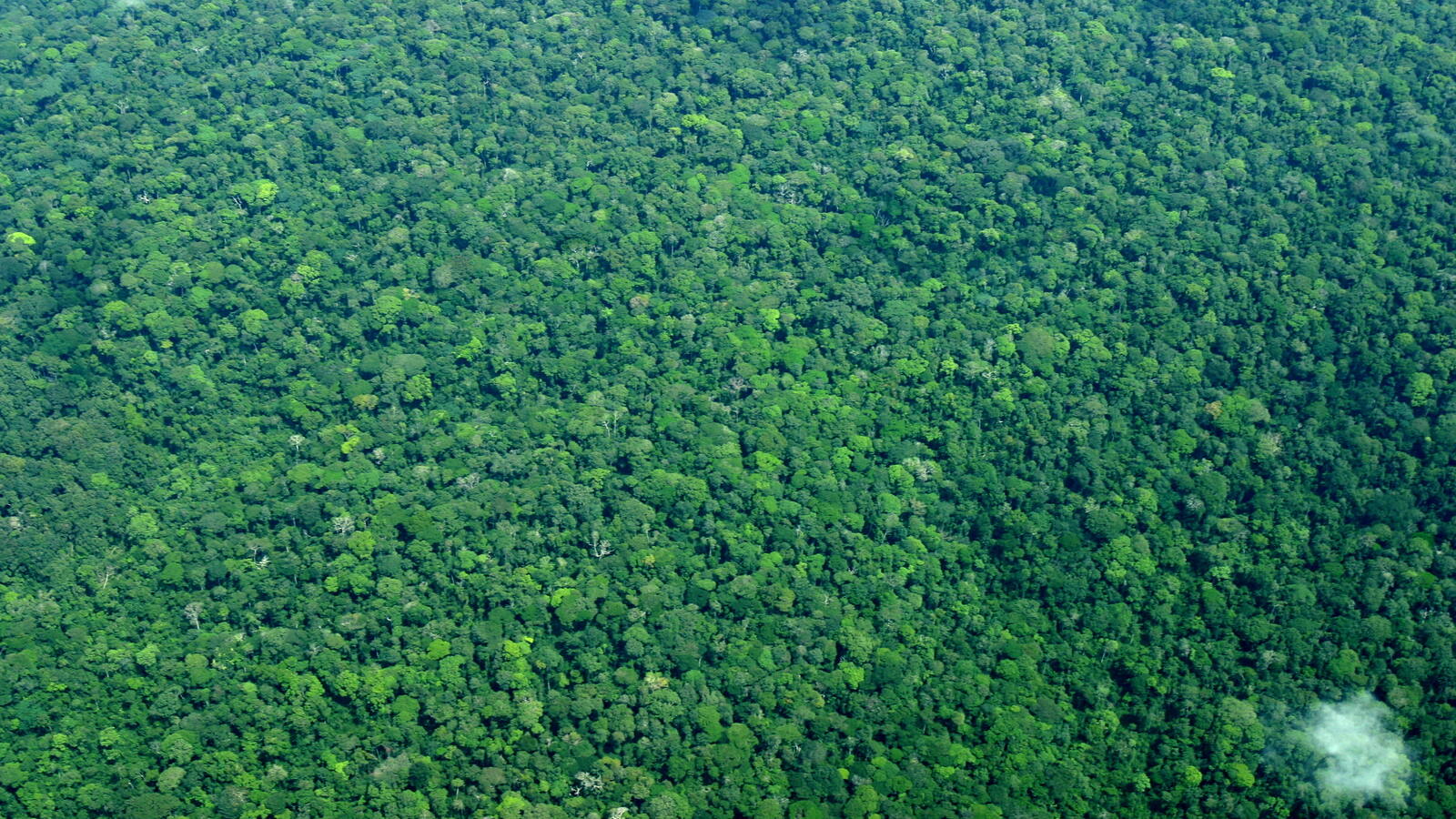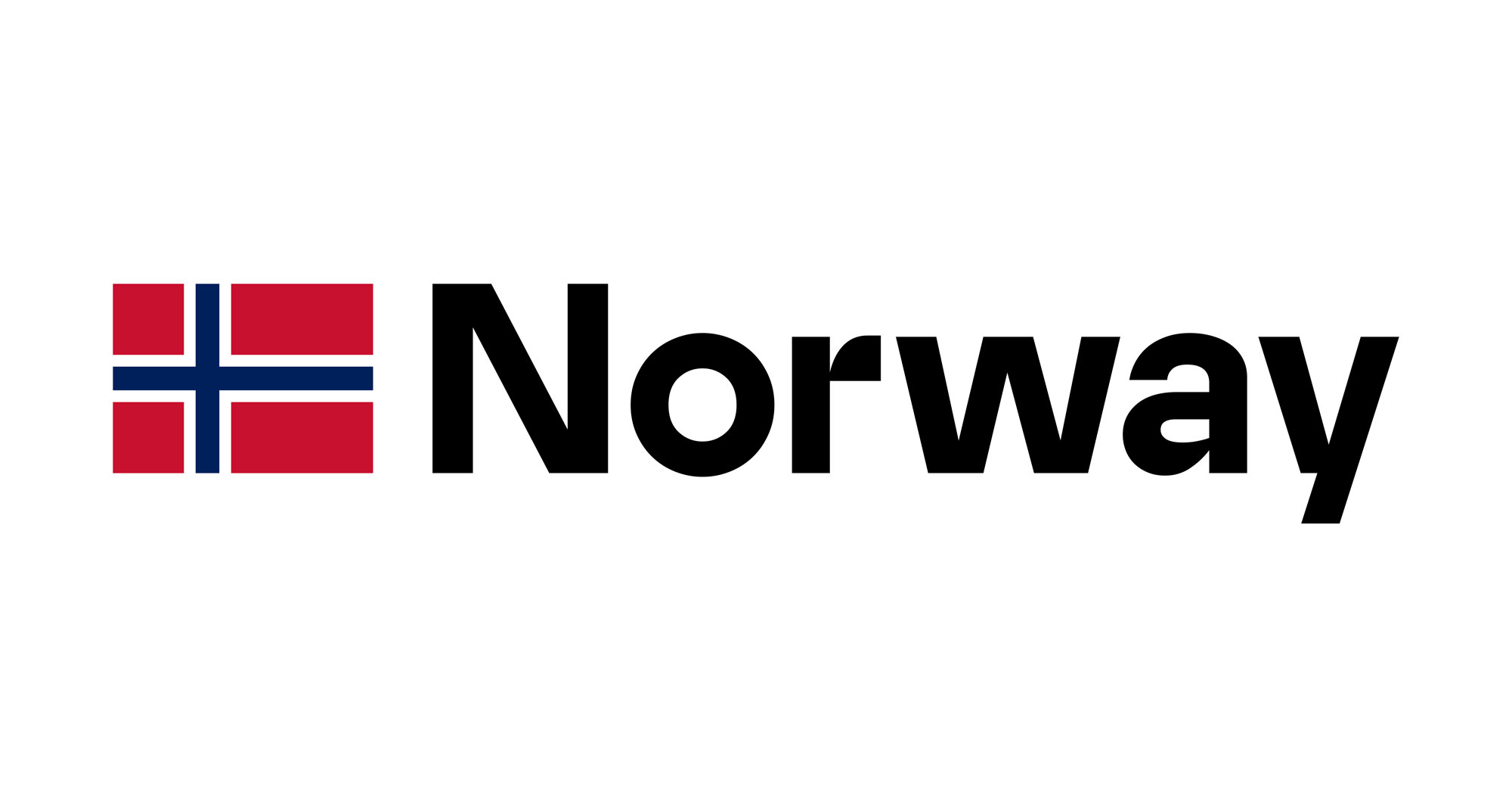Created in 1970, the park is the second largest forest park in the world in terms of size. It boasts an extraordinary biological richness, with diverse vegetation that constitutes important habitats for species. However, the boundaries in some areas of the park remain undefined, causing conflicts between the local communities and the Park's managers.
In order to improve the state of conservation of the Park and preserve its Outstanding Universal Value, with the aim of removing it from the List of World Heritage in Danger, it is necessary to finalise the boundary demarcation in a participatory manner. Since the 2012 Reactive Monitoring mission, more than 120 km of boundaries of the property have been demarcated, i.e. 52% of the total linear area to be demarcated, estimated at 231 km. Moreover, the 2020 Reactive Monitoring mission recommended the finalisation of the boundaries in the updated corrective measures. For 2021, the Management team of the park has ranked its priorities, indicating that boundary delimitation was the first priority.
Objectives
Through the demarcation of the remaining 111 km boundary, this project will address issues related to the integral management of the Park and respond to one of the updated corrective measures.
Main activities
- Participatory meetings for mapping and materialisation of the boundary, based on the interpretation of the law, will be organised between local communities and the Management Team of the Park.
- Field trip of a mixed team made up of biomonitoring experts, anti-poaching brigade and local communities to demark the boundary of the park.
- Training workshops will be organised by the Park's researchers for the benefit of the local populations in order to raise their awareness of the soundness and benefits of demarcation.
- Workshops will be held with the traditional authorities to discuss the interpretation of the law and its tradition in the local language in order to facilitate its implementation.
- The project will participate in the acquisition of adequate materials for the materialisation of the borders.
- Conservation actions will be identified and developed for selected community groups.
Achievements
- Identification of key project partners and activities.
- On-the-ground activities started in April 2024.
Partners
WWF and Institut Congolais pour la Conservation de la Nature (ICCN)


This project is made possible thanks to the financial support of the Norwegian government.
Decisions / Resolutions (2)
The World Heritage Committee,
- Having examined Document WHC/19/43.COM/7B.Add,
- Recalling Decisions 38 COM 7B.86, 40 COM 7B.79, 41 COM 7B.18 and 42 COM 7B.90, adopted at its 38th (Doha, 2014), 40th (Istanbul/UNESCO, 2016), 41st (Krakow, 2017) and 42nd (Manama, 2018) sessions respectively;
- Expresses its utmost concern that the 2018 wildlife survey results demonstrate a worrying decline in the population of key large mammals including elephant, gorilla and chimpanzee and that poaching is prevalent across the property and requests the State Party to transmit data from the inventory to the World Heritage Centre to enable an assessment of the conservation status of these key populations;
- Welcomes the ongoing efforts undertaken by the State Party to improve law enforcement, notably capacity building sessions for guards, the acquisition of monitoring and surveillance equipment, the implementation of the Spatial Monitoring and Reporting Tool (SMART), and progress towards the revision of legislation and national anti-poaching strategy;
- Urges the State Party to further enhance its monitoring and surveillance efforts in the key conservation sectors where wildlife is still present, to ensure that arrests of apprehended poachers and wildlife traffickers are leading to convictions where warranted and to raise awareness among local communities to stop the consumption and trade of bush meat;
- Notes with concern the conclusions of the UNESCO Advisory mission that the Environmental and Social Impact Assessments (ESIA) for the Sud-Cameroon Hévéa S.A. (SUDCAM) rubber plantation project, which borders the property, does not meet the required World Heritage standards but also welcomes the decision by the new majority shareholder (Halcyon) to immediately stop all clearing and felling operations in the plantation and to adopt responsible entrepreneurship standards for the rubber sector with independent certification of the production;
- Also urges the State Party to implement all the recommendations from the Advisory mission, in particular to:
- Create a buffer zone around the property, in which only those activities compatible with the conservation of its Outstanding Universal Value (OUV) are permitted,
- Classify the portion of the concession returned by SUDCAM in the permanent forest estate of the State while authorizing sustainable use regimes,
- Refrain from future extensions of the latex processing plant in the SUDCAM central block and consider sites better positioned in terms of infrastructure while taking into account the environmental and social aspects, including for the existing plant;
- Also takes note of the activities undertaken to continue the implementation of the Environmental and Social Management Plan (PGES) and the relocation of local communities due to the impacts of the Mékin dam, and also requests the State Party to submit further information regarding the location of the proposed 11 bridges and any other proposed infrastructure, as well as the intention to declassify 1,000 ha of the communal forest of Bengbis;
- Noting efforts towards limiting the negative social impacts of the Mékin hydroelectric dam on the local communities, expresses its concern that no progress appears to be made in addressing the environmental impacts and further requests that additional Environmental Impact Assessments (EIA) are conducted to identify how to better mitigate the impacts of this project on the OUV of the property;
- Further urges the State Party to not accept any new project within the vicinity of the property that could aggravate the existing threats and compromise the progress achieved in the management of the property, and ensure that any project is subject to a mandatory ESIA prior to approval, including a specific evaluation of potential impacts on the OUV of the property, in conformity with the IUCN World Heritage Advice Note on Environmental Assessment and in accordance with Paragraph 172 of the Operational Guidelines;
- Notes the importance of maintaining continued connectivity to the other protected areas of the Tri-national Dja-Odzala-Minkébé landscape (TRIDOM) in order to ensure the long term integrity of property, and further requests the State Party to consider this broader landscape when planning new development projects around the property, especially road infrastructure;
- Finally requests the State Party to submit to the World Heritage Centre, by 1 December 2020, an updated report on the state of conservation of the property and the implementation of the above, for examination by the World Heritage Committee at its 45th session in 2021.
The World Heritage Committee,
- Having examined document WHC/19/43.COM/7A.Add,
- Recalling Decision 42 COM 7A.50, adopted at its 42nd session (Manama, 2018),
- Congratulates the State Party for the efforts undertaken with its partners in the implementation of the corrective measures and improvement in the management efficiency of the property, and encourages the State Party to reinforce its cooperation efforts with its partners;
- Launches an appeal to donors to continue their financial support in the implementation of the corrective measures and in security for the management of the property;
- Favourably welcomes the measures undertaken for the local communities and requests the State Party to continue its efforts for the autonomization of the local communities and the continuation of the community ownership process of the community forests in the buffer zone of the Park and the corridor between the two blocks of the Park;
- Reiterates its request to the State Party to ensure that the resettlement procedure outside of the Park of the Yaelima communities is voluntary and in accordance with the policies of the Convention and the relevant international standards, including the principles of free, prior and informed consent (CPLCC), fair compensation, access to social advantages and the preservation of cultural rights;
- Regrets that the report provided no information on the petroleum project, expresses its very keen concern as regards the granting of petroleum licenses within the property, and urges the State Party to cancel the current petroleum concessions and not to authorize the granting of new concessions in the property and its periphery that could have negative and irreversible effects on its Outstanding Universal Value (OUV);
- Reiterates its established position concerning the gas and petroleum exploitation and/or exploration being incompatible with World Heritage status, policy supported by the commitments undertaken by the leaders of the industry, such as Shell and Total, not to engage in such activities in World Heritage properties;
- Recalls that modifications concerning the boundaries of World Heritage properties in respect of extractive industries must be carried out in conformity with the procedure applicable to important boundary modifications, detailed in Paragraph 165 of the Operational Guidelines, in view of the potential impact of such projects on the OUV, and also recalls that all proposals for the modification of the boundaries of World Heritage properties must be based on the strengthening of its OUV and must not be proposed with a view to facilitating extractive activities;
- Takes note of the positive results of the biological inventories and the setting up of an integrated ecological monitoring plan, and also requests the State Party to submit the results of the biological inventories to the World Heritage Centre for review by IUCN as soon as they are available, as well as the Desired state of conservation for the removal of the property from the List of World Heritage in Danger (DSOCR), with appropriate indicators based on the data resulting from these inventories;
- Also reiterates its request to, the State Party to invite a joint World Heritage Centre/IUCN reactive monitoring mission, in compliance with Decision 42 COM 7A.50, to assess the state of conservation of the property, update the corrective measures and establish a timetable for their implementation;
- Further requests the State Party to submit to the World Heritage Centre, by 1 February 2020, an updated report on the state of conservation of the property and the implementation of the above, for examination by the World Heritage Committee at its 44th session in 2020;
- Decides to continue the application of the Reinforced Monitoring Mechanism for the property;
- Also decides to retain Salonga National Park (Democratic Republic of the Congo) on the List of World Heritage in Danger.

